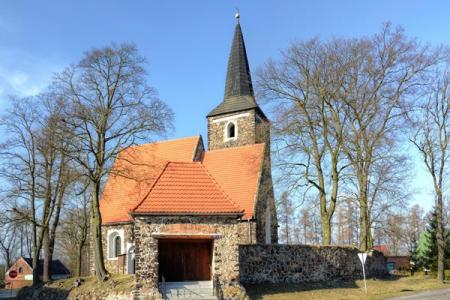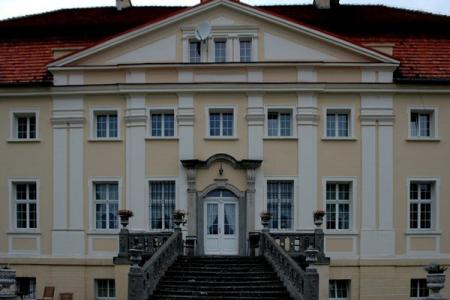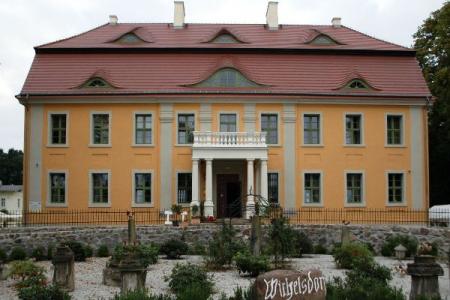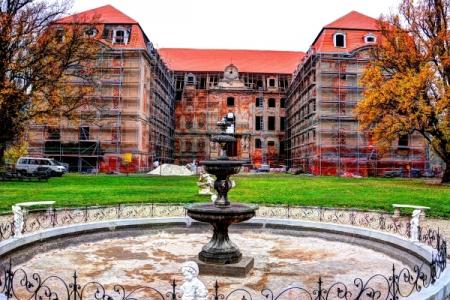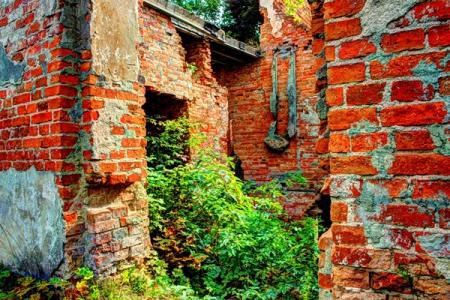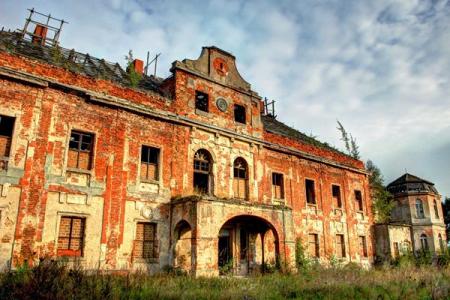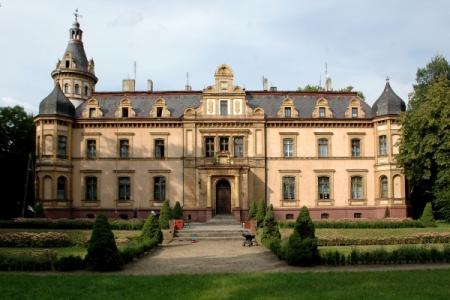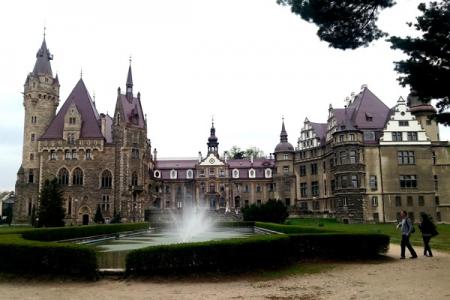Niwiska (Germ. Niebusch, Bergenwald)
In the village there are two churches (one desolate) and a palace.
Slightly camouflaged behind trees and bushes (next to Voluntary Fire Service) there are ruins of a protestant church built in XVIII century (and rebuilt in XIX for late-classical style). Till the late ‘60s it was a catholic church where masses were celebrated. The church is becoming more and more desolate after transferring the parish to the Church of Lady of the Rosary at the opposite side of the road. This church was built in the XIII century.

